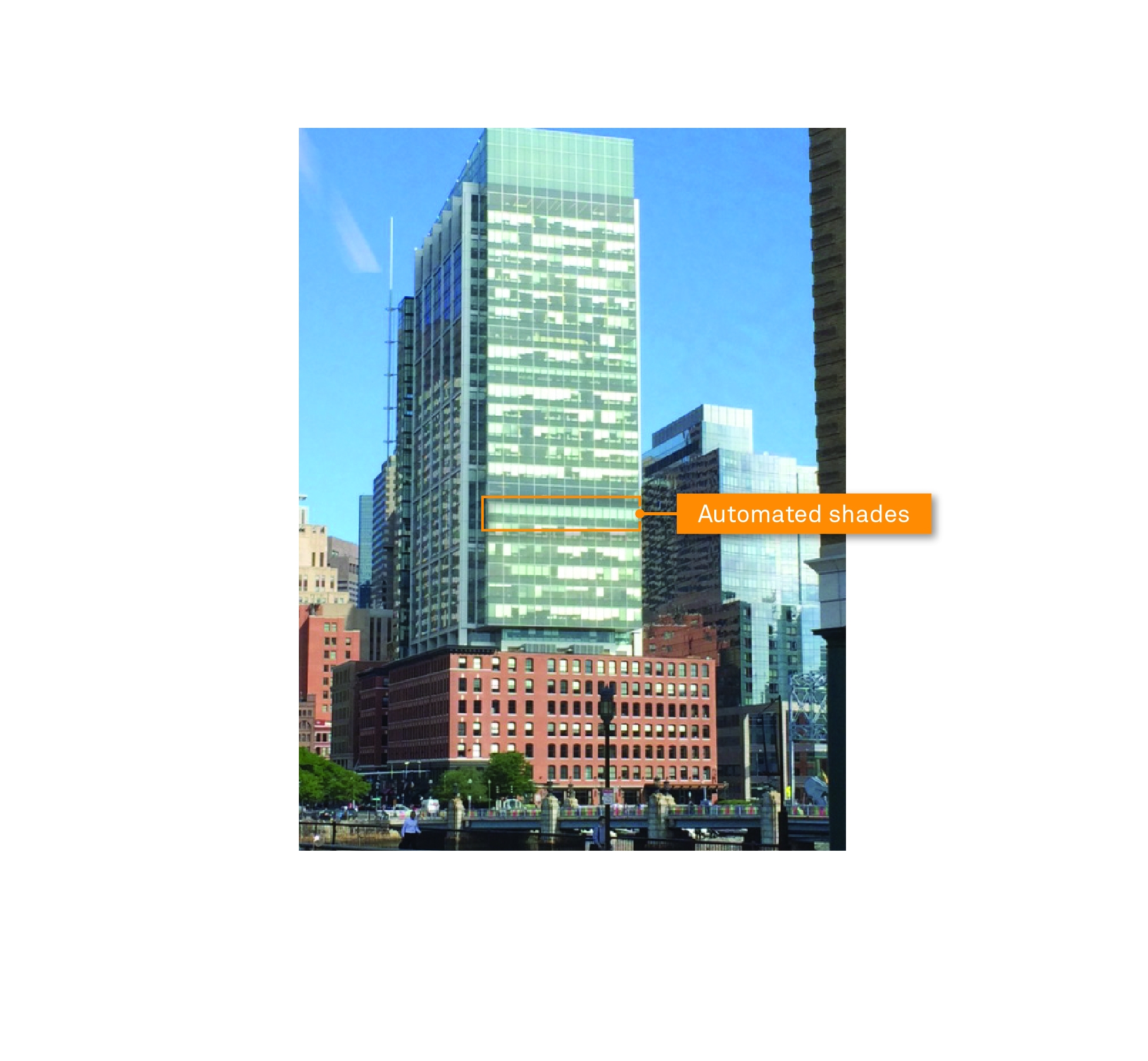Consider the following example to understand the impact of different performance metrics:
Two LEED core and shell office buildings are designed in Massachusetts by the same firm. Both are approximately 250,000 gsf and 8 stories in height. When modeled relative to ASHRAE 90.1-2007, Building A demonstrated a 25% energy cost savings and Building B demonstrated a 14% energy cost savings. Based on the LEED rating system, Building A would be considered a higher performing building with respect to energy use. However, Building A actually has a higher EUI, at 40 kBtu/sf-yr, while Building B has a modeled EUI of 34 kBtu/sf-yr.
In respect to EUI, the energy cost savings data skewed the analysis of the buildings’ design performance.





